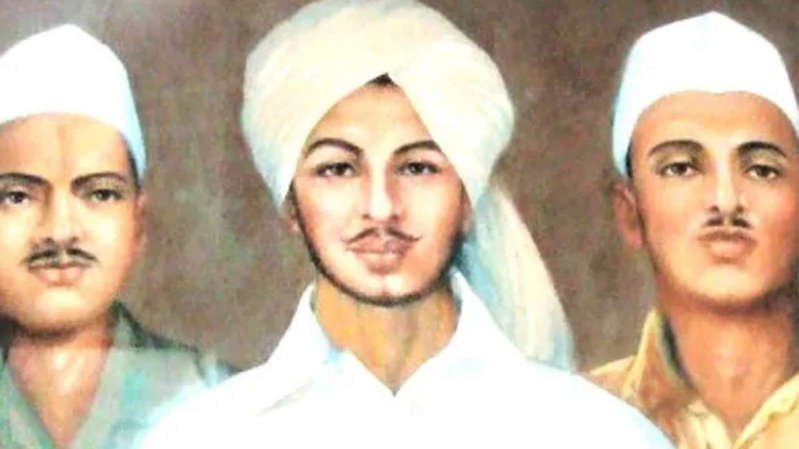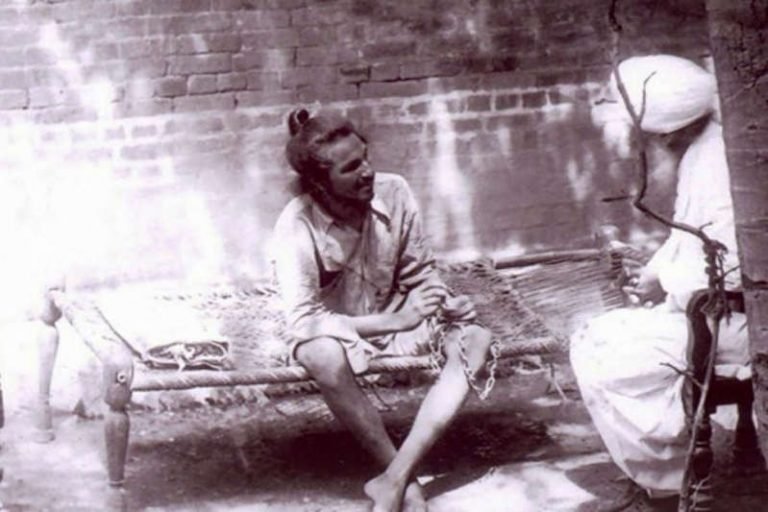India is celebrating ‘Martyr’s Day’ Shaheed Diwas today to mark the death anniversary of revolutionary leaders, Bhagat Singh, Shivram Hari Rajguru and Sukhdev Thapar, who were hanged in Lahore’s Central Jail on March 23, 1931.
The charismatic socialist freedom fighter Bhagat Singh was born in 1907 in the village of Banga in Faisalabad district (formerly called Lyallpur), now in the Punjab province of Pakistan. His two acts of violence against the British and subsequent executive at the age of 23 made him. A folk hero of the Indian independence movement.
Singh became actively involved in India’s independence movement at an early age after leaving formal education at the age of thirteen. He left home for Kanpur after his parents tried to get him married.
In December 1928, Bhagat Singh, Sukhdev and Rajguru plotted the assassination of Superintendent of Police James Scott in Lahore to avenge the death of Lala Lajpat Rai, the nationalist leader of the famous Lal-Bal-Pal trio. In a case of mistaken identity, Assistant Superintendent of Police John Saunders was shot and killed. To evade arrest, Singh fled to Calcutta after shaving his beard and cutting his hair.
In April 1929, Singh and Batukeshwar Dutt threw bombs at the Central Assembly Hall of Delhi and chanted “Inquilab Zindabad!” Slogan. Later he was arrested. Singh and his revolutionary associates Rajguru and Sukhdev were hanged on 23 March 1931 in the Lahore Conspiracy Case.
Several programs have been organized by the central and state governments to pay tribute to the revolutionary leaders of the Indian freedom struggle. Punjab Chief Minister Bhagwant Mann, while declaring a holiday on March 23, said that the decision has been taken to pay homage to the great martyrs at Khatkar Kalan and Hussainiwala from across the state.


